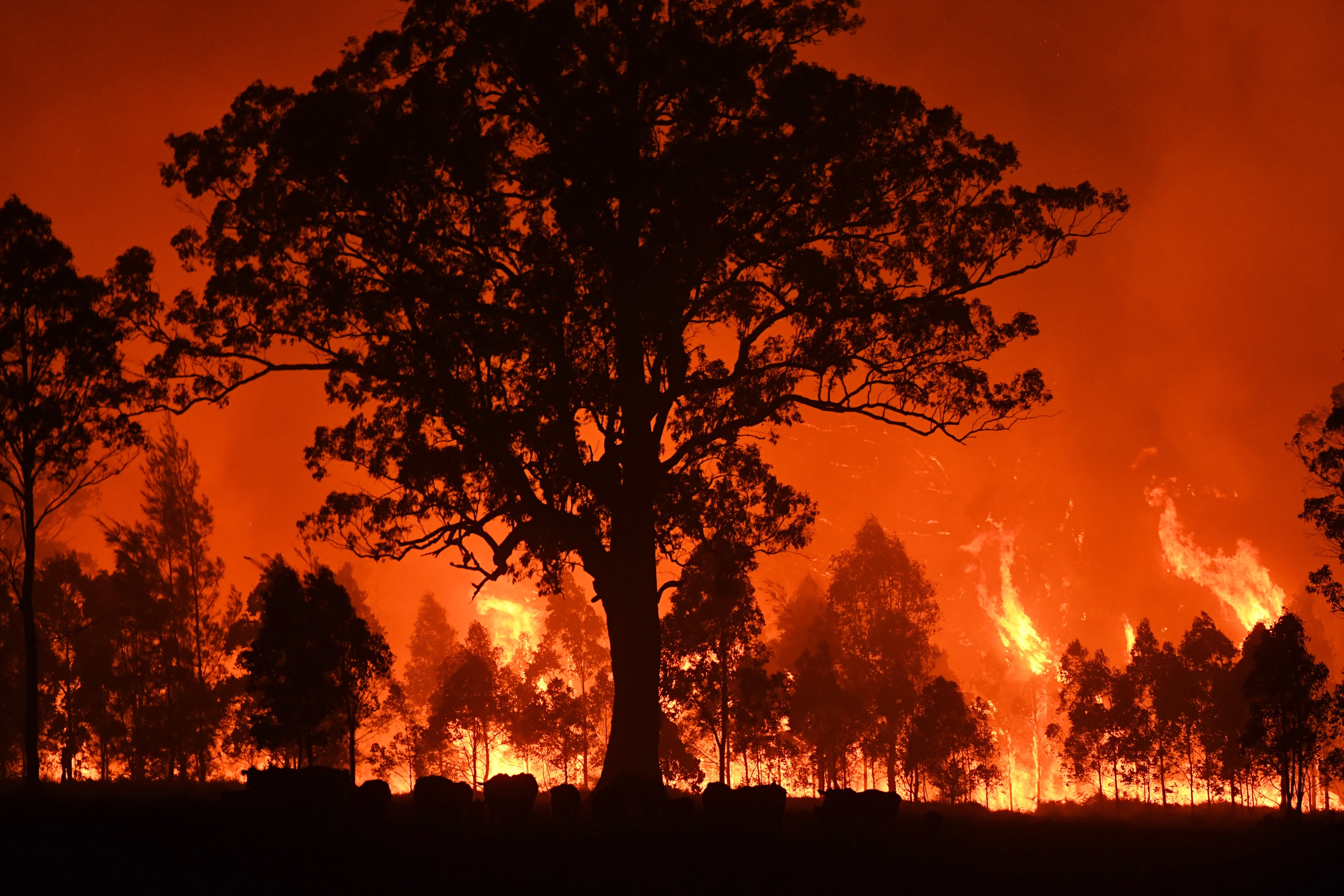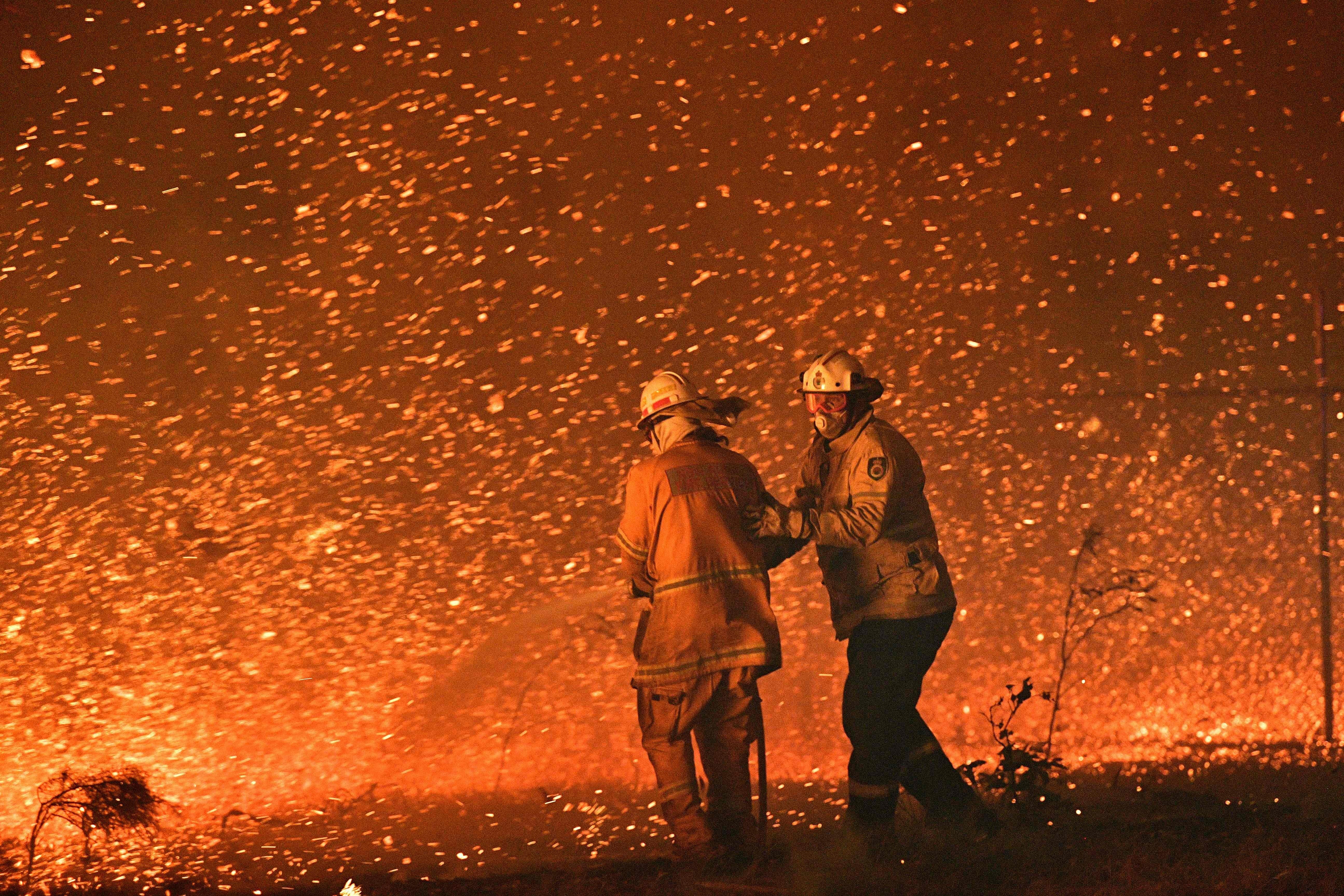How BAL Record Impacts Shrub Fire Protection Actions
In the world of bush fire security, the Structure Assault Degree (BAL) report stands as a vital tool that considerably affects the safety and durability of residential properties in fire-prone locations - BAL Report. The effect of a BAL analysis expands much beyond simple documentation; it serves as the foundation for figuring out the ideal construction requirements and fire security measures needed to minimize the threats positioned by bushfires. As areas grapple with significantly extreme fire periods, comprehending just how the BAL record forms these safety measures ends up being paramount for homeowners, policymakers, and builders alike
Recognizing the Bushfire Assault Degree

Relevance of BAL Report Assessment

Furthermore, the BAL record assessment functions as a foundational action in abiding by legal responsibilities and demands associated to bushfire defense. Regional councils and authorities commonly mandate the entry of a BAL record as component of the planning and structure authorization procedure to make certain that properties are properly secured versus bushfire dangers. Stopping working to perform a detailed BAL report assessment can lead to insufficient defense measures, leaving residential properties at risk to ravaging bushfire occurrences.
Building And Construction Criteria Based on BAL
A comprehensive understanding of the Bushfire Attack Degree (BAL) enables property proprietors to carry out building standards tailored to their particular risk account. Building and construction requirements based upon BAL are essential in mitigating the impact of bushfires on properties. The BAL score classifies the potential threat a home encounters throughout a bushfire on a range from BAL-Low to BAL-FZ (Fire Zone) Each BAL degree represents certain building and construction needs detailed in the Australian Basic AS3959-2018 Construction of Buildings in Bushfire-Prone Locations. For instance, buildings identified as BAL-Low might only require basic actions such as clearing particles and preserving yards, while those in higher BAL classifications need more robust measures like coal screens, fire-resistant products, and sealed home windows. Complying with these building requirements not only boosts the structural durability of the residential property but additionally enhances the overall security of locals throughout a bushfire event. Property proprietors must carefully consider their BAL rating and conform with the equivalent building and construction standards to properly protect their owners and homes.
Implementing Fire Defense Procedures
With the foundation of construction criteria based upon Bushfire Strike Degree (BAL) in position, the focus currently changes towards the practical execution of fire protection steps to fortify residential properties against bushfire hazards. Carrying out fire protection steps involves a combination of passive and energetic methods to enhance the durability of structures in bushfire-prone locations. Passive actions include making use of fire-resistant structure materials, mounting cinder guards on vents, sealing spaces in roofing systems and wall surfaces, and keeping a clear space around the home devoid of flammable plant life. Energetic measures include having firefighting tools readily offered, such as tubes and water pumps, in addition to creating a defendable area around the home by removing greenery and having a properly maintained yard. Additionally, establishing an emptying strategy and guaranteeing all citizens recognize emergency procedures are essential elements of efficient fire defense measures. By incorporating both passive and active techniques, homes my site can dramatically lower their susceptability to bushfire events and enhance the security of passengers.
Safeguarding Residences Against Bushfires
Efficiently protecting homes versus the damaging influences of bushfires requires a thorough and aggressive technique to fire protection procedures. House owners residing in bushfire-prone locations must prioritize the execution of various methods to enhance their building's resilience versus wildfires. One basic element is creating a defensible area around the home by keeping a clear zone without flammable materials. This includes regularly trimming plants, removing dead plants, and ensuring a risk-free range in between structures and trees. Mounting fire-resistant roof covering products can also substantially reduce the danger of coal attacks and direct fire call. In addition, sealing vents and voids to stop ember breach, as well as integrating fire-resistant doors and home windows, can assist strengthen the home's protection against bushfires. Investing in a reputable water source, such as a properly maintained lawn sprinkler or a committed water container, is crucial for supplying water throughout fire emergency situations - BAL Report. By accepting a proactive stance and incorporating these safety actions, property owners can significantly raise their chances of protecting their homes versus bushfires.
Verdict
In verdict, the Bushfire Attack Level (BAL) record plays a crucial duty in figuring out the essential protection steps versus bushfires. Implementing fire defense measures based on the BAL report is vital in guarding homes from possible see this here bushfire risks.
In examining bushfire threat to properties, comprehending the Bushfire Assault Degree (BAL) is a vital element for carrying out reliable defense measures. In general, a clear understanding of the Bushfire Assault Level is necessary for carrying out ample protection steps and reducing the effect of bushfires on residential properties.
